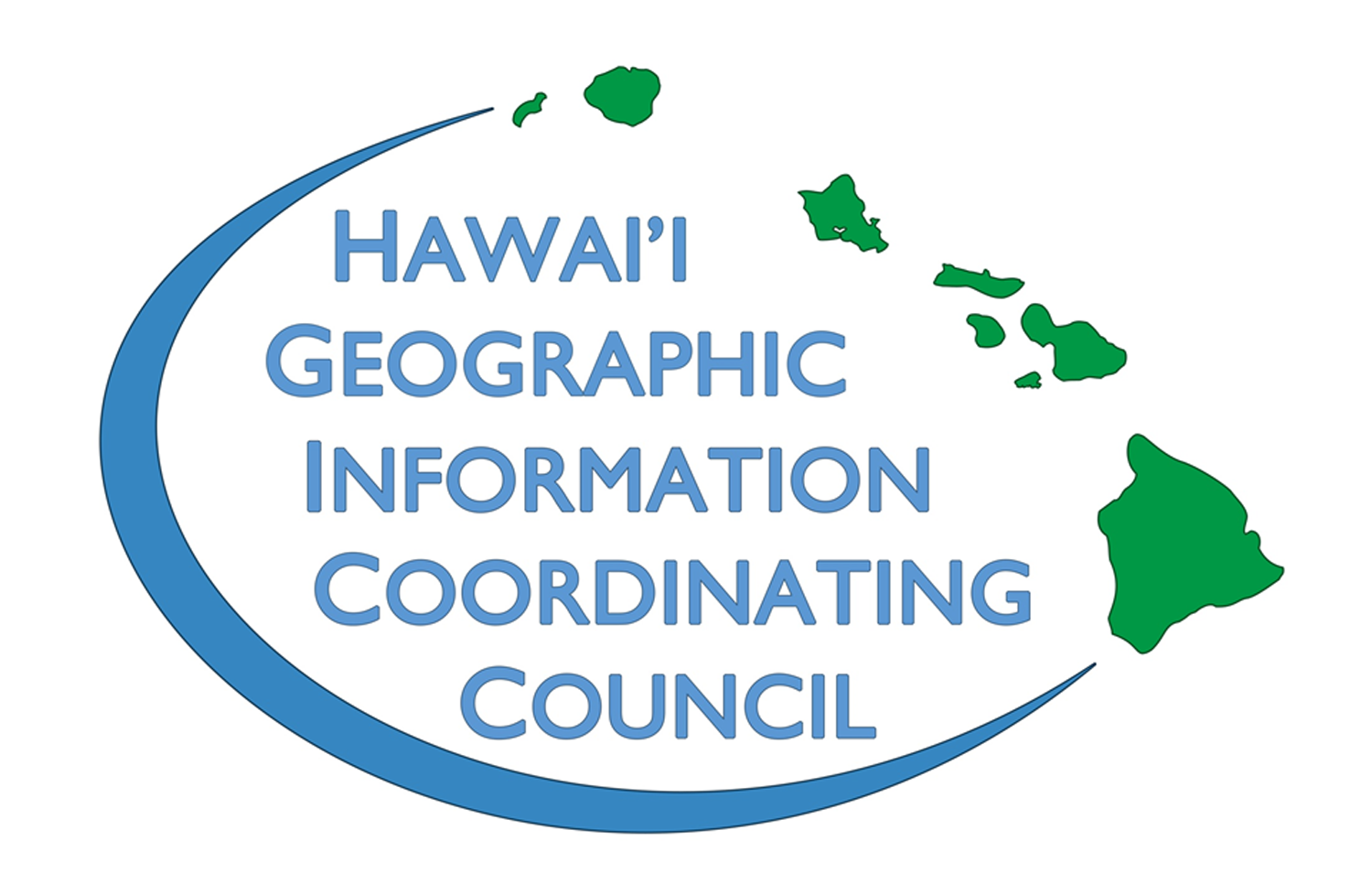- Home
- Resources
- 2010 Business Plan for Imagery
- REAL - Real Stories of GIS
GIS DAY 2010 HAWAII BISHOP MUSEUM FIELD DAY - November 17, 2010
REAL - REAL STORIES OF GIS IN HAWAII
Leader: Royce Jones
Audience: High school, general public
Format: Indoors lecture
Location: Atherton Hālau – 90 minute session (2:00 to 3:30 pm)
Title: Real GIS Stories - How GIS Saved the Day!
Description: Hear three real life stories about how GIS has helped save the day in Hawaii.
- Carol Tyau-Beam (State of Hawaii DLNR) - Flood Hazards in Hawaii
DLNR has created an online GIS website to assist Hawaii residents to locate
and evaluate their flood hazard risks based on FEMA's Flood Insurance Rate
Maps (FIRM). Users can enter a TMK or property address and quickly review
relevant flood zone information. Letters of Map Change (LOMC), NGS benchmarks,
and stream cross sections are also available.
This web GIS application (Flood Hazard Assessment Tool or FHAT) also has an
Elevation Certificate (EC) tool that helps applicants or surveyors by automatically
filling part of the required EC form using information from FHAT.
- Gary Lum (Honolulu Fire) - Fire Prevention and Response in Hawaii
GIS applications are mission-critical for the Honolulu Fire Department.
- Fire Dispatch uses GIS (GeoComm) to pinpoint 9-1-1 wireless callers who are
unable to provide their location.
- Fire Operations use GIS (HOSES) to locate fire hydrants, beach access points,
mountain trails, hazardous materials facilities, electric, gas and water supply
infrastructure - all vital to the performance of their mission.
- Fire Inspectors use GIS (HOSES) to determine high-risk, high-value locations
and to facilitate prioritization of inspection schedules.
- Fire Data Analysts use GIS (FireView) to evaluate incident response times,
to see patterns and relationships in the location of emergency incidents, and
to optimize the location of new fire stations.
GIS applications allow HFD to quickly and directly respond to calls for help in many
life-threatening situations.
- Royce Jones (Esri) - Voting, Reapportionment and Redistricting in Hawaii
Every 10 years the U.S. Census counts our population and that count becomes the
basis for new federal, state and county political boundaries. In 2001 Royce Jones
was the primary GIS consultant for the Hawaii Reapportionment Commission. In
this talk he'll describe how GIS was used in 2001 to save the day and preserve
"one person, one vote". He'll also preview what we might see when the 2010
census results are released and how that might affect politics in Hawaii.
Registration: This session is free but seating is limited and registration is required.
You can register here.
Question on this event? Please email Royce Jones at rjones@esri.com .


